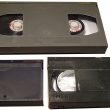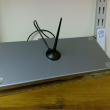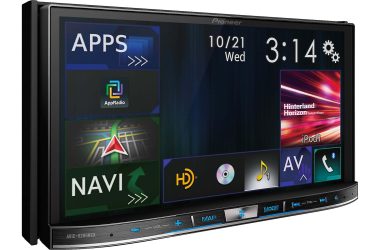For the past 50 years we have been accustomed to fluorescent and incandescent lighting. Be it in office spaces, homes or public buildings, they are difficult to avoid. LED lighting is just one alternative and an alternative that would be far more practical. I use LED lighting at home and although slightly more expensive than fluorescent tubes and incandescent bulbs, I love the fact they work efficiently instantly when I turn them on. If you’re feeling adventurous, you can get all sorts of coloured LEDs. They say colour can change your mood and mindset, so think about that next time you’re wanting to relax.
So what’s so good about LEDs?
LED lights are widely available and include many benefits. Compared with a fluorescent tube, an LED lasts up to six times longer. The average lifespan is 10,000 hours compared to that of 60,000 hours so you needn’t worry about having to replace them often. Theoretically, this would mean if you had one powered for 8 hours a day, they would last 17 years. Incandescent bulbs are by far the worst when it comes to life span. They will last up to 2500 hours and that’s if they’re of a good quality.
Even though all lights flicker, fluorescent tubes tend to flicker in an obvious manner and once they do this, it becomes terribly annoying. Trust me, I’ve worked in an office where the lights flicker and it really does put you off. The ballast in a fluorescent that carries the electrical charge and allows it to light up is often needing to be replaced, hence the flicker. LEDs have a diode system that acts as a gate for electricity. A diode is far more reliable and makes the light come on instantly when connected to electricity.
Furthermore, fluorescent lights have a small amount of mercury inside of them. Mercury, as we all know, is a toxic material, and while it is not dangerous if the light is intact, it can be deadly if broken or disposed of incorrectly. For those who are green conscious, this is something to be wary of. LEDs don’t include any harmful substances and are also more energy efficient, so you could even be saving on your bills. The initial price for LEDs is slightly more than fluorescent bulbs, so there is that downside, but like I mentioned, they’ll last you so much longer.
Lastly, LEDs don’t get hot, so it won’t be a danger to you or any children around. Every light generates heat, however an LEDs heat is so mild that you won’t feel the warmth on your skin, even if you touch the glass part. The way incandescent bulbs work, by heating an electric charged filament in order to glow, makes the bulb incredibly hot and often untouchable after use.
You best get used to LEDs as they are becoming the norm. Cities are now opting to change all of their streetlights to LED bulbs and it’s expected most homes will be persuaded to change their incandescent or fluorescent bulbs in an attempt to lower national energy consumption. But that’s no matter, as they are an incredible leap forward in the right direction to making this planet a better and safer place.
‘Elektrostandard LED light bulb” is copyright (c) 2011 Anton Fomkin and made available under CreativeCommons Attribution 4.0 International available at Flickrâ









